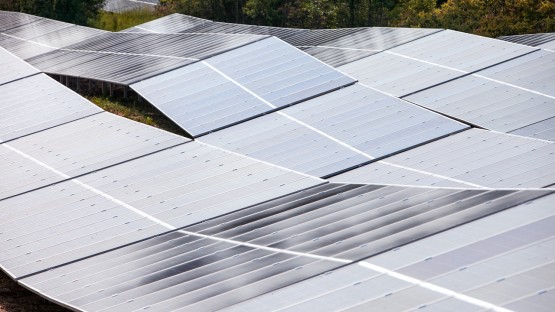
"By envisioning energy development as a part of ecosystems, we can begin to recognize socioecological trade-offs that can inform sustainable land-use change."
"We demonstrated that even small injections of ecologically informed, highly efficient solar in vast cropland landscapes can lead to great potential benefits for people and planet."
A recent study reveals that converting just 3.2% of the 12 million hectares in the U.S. currently used for corn-ethanol to solar facilities could increase solar energy production from 3.9% to 13%. This approach not only enhances energy efficiency but also supports biodiversity and ecological health. The research emphasizes the socioecological benefits of integrating solar energy into agricultural landscapes, suggesting that it can significantly improve financial resilience for farmers while creating better habitats for wildlife and reducing runoff issues.
Read at Cornell Chronicle
Unable to calculate read time
Collection
[
|
...
]